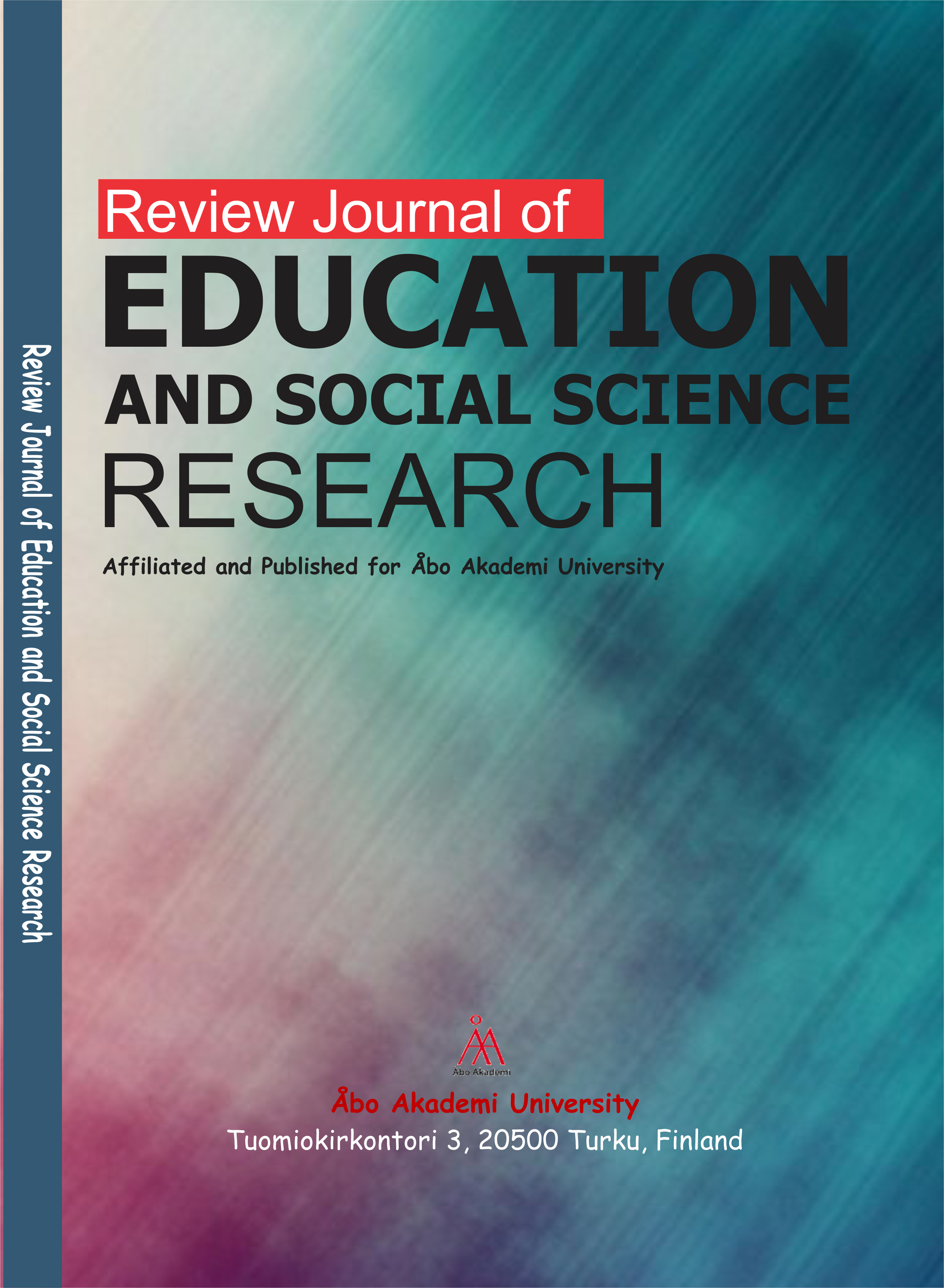Review Journal of Education and Social Science Research (RJESSR)
The Understanding of Responsibility in Ahmet Hamdi Tanpinar
E-ISSN: 2437-3594
P-ISSN: 2447-6546
DOI: https://iigdpublishers.com/article/621
Tanpinar, who lives in a Muslim country and sees literature as a means of rebuilding society, has attached great importance to religion and religious values and has also given way to indepth analyzes of people and life in his works. It is obvious that Tanpinar, who has signed many works to touch almost all the problems of social life, sees literature as an important element to change and transform people and society. This has made religious motifs a touchstone in his works. This article will focus on the concept of responsibility for these religious motives. First, an overall evaluation of religious motives in Tanpinar's works will be made, and then the concept of responsibility according to Tanpinar will be analyzed. After revealing the meanings that Tanpinar attributed to the concept of responsibility, based on his different works, the Islamic side of the issue will also be touched upon. In particular, the responsibility of Tanpinar, which covers all members of the society from a broad perspective, and his connection with the law of work in Islam will be emphasized, and then the article will end with the conclusion part. To express it in the final analysis, according to Tanpinar, each individual in the society has his/her area of responsibility according to his/her degree and position, and fulfilling this constitutes the most important aspect of being a successful society.
Necla Bodur & Cemal Özdemir
Alptekin, T. (2001). Ahmet Hamdi Tanpınar, Bir Kültür, Bir İnsan, İletişim Yayinlari, İstanbul.
Aydin, E. (2002). Tanpinar’da tarih ve zaman, Hece Dergisi: Ahmet Hamdi Tanpinar, 61, 584-591.
Bayindir, T. (2013). Ahmet Hamdi Tanpınar’ın Eserlerinde Ölüm-Hayat Çatışması ve Trajik Olan, Electronic Turkish Studies, 8(4).
Demirci, M, Tanpinar’in Bursa’sinda Mistik Unsurlar, Bursa’da Dünden Bugüne Tasavvuf Kültürü (2004). cilt: III, s. 303-312.
Kaplan, Mehmet, Tanpinar’in Şiir Dünyasi, Antalyalı Bir Genç Kıza Mektup, Dergâh Yayinlari, İstanbul, (2001). S. 217-230.
